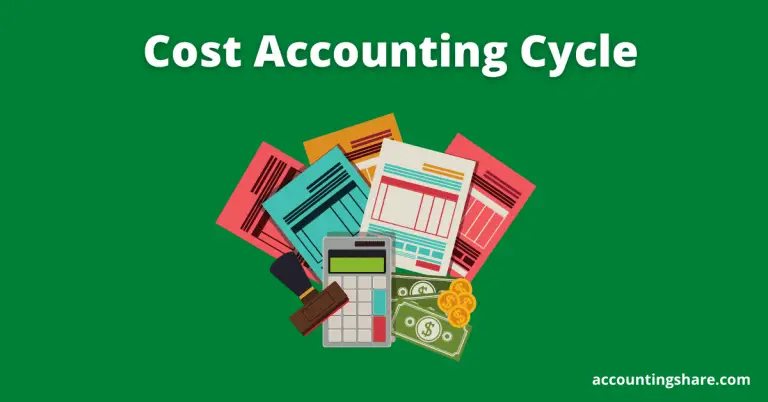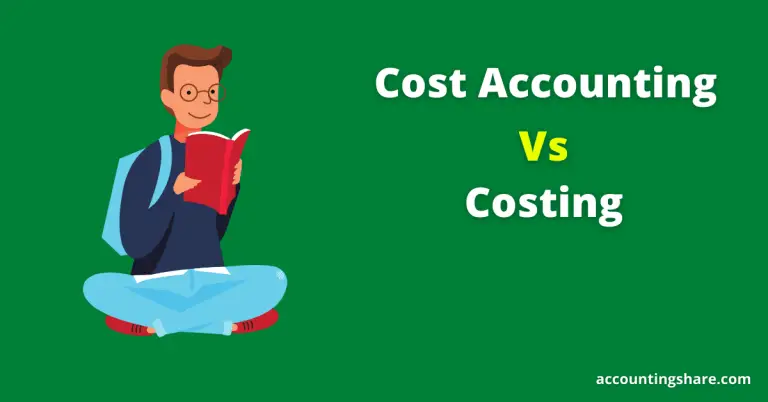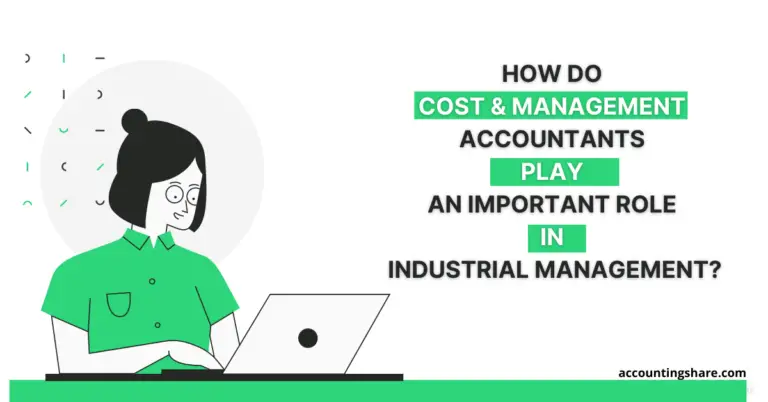Top 11 Limitations of Cost Accounting [With PDF]
The primary purpose of cost accounting is to analyze a business’s performance, prepare costs and budgets to support management decisions.
Different industries accepted and interpreted the cost principles differently. Only large companies use the cost accounting method.
Apart from several advantages, there are also some cost accounting limitations.
What are the Top 11 Disadvantages or Limitations of Cost Accounting?
The top 11 disadvantages or limitations of cost accounting are the following:
#1.
The cost accounting systems and methods practiced by various organizations are not the same. Therefore, the results are not the same.
#2.
Building the right cost accounting system is very expensive. It requires a complex system as well as responsible people who need adequate skills.
It is costly because overhead measurement, allocation, and absorption require a large amount of extra work.
#3.
The results presented by cost accounts vary from those reported by financial accounts. It requires preparing the reconciliation statement to check its accuracy.
These works lead to excessive workload increases.
#4.
It is needless because it requires work duplication. Without any costing system, some industrial units work effectively.
#5.
Cost accounting only tells us that costs have been increased or declined but cannot control. By the way, it is only a tool for informing management and foreseeing management action.
This report will be useless if the company has no competent management.
#6.
Cost accounting is based on assumptions and can therefore not be relied upon. For example, the cost accounting contribution to the heading futures situation has not been much; thus, no instrument for heading inflation has been created.
#7.
The report cannot predict the future but can only analyze the past. We may have a new problem in the future, so cost accounting will not unite this report.
#8.
A cost accounting method is only applicable to large businesses. It is not appropriate for small businesses because it is more costly.
#9.
It will become repetitive forms and statements if the system is not changed as per the changing circumstances.
#10.
Cost accounting follows a lot of formalities to get the ultimate result from the costing system.
#11.
Cost accounting doesn’t follow the double-entry system, which does not allow the arithmetic to verify the transaction’s accuracy and find the errors.
You can also read:







